Watercolors in the Wild: Surface Design Magic & Spring Flora Folio, part 2
materials list
For detailed art supply recommendations, please see Andie’s website here.
Before class, please follow the link below and print out this file: Folio Steps.pdf.
Click here to open the file to save.
Before class: Have on hand the same plant you used in Part 1 (a living plant, plant parts, or a photograph).
Paper: use the same 2 sheets of paper (~22x30 inches) you already painted in Part 1.
Bone folder or spoon
Glue stick (easiest to work with) or PVA glue with glue brush
X-acto knife
Scissors
Cutting mat
Metal-edged ruler
Waxed or glassine paper
Several sheets of scratch paper or newsprint
No. 2 or HB pencil
Colored pencils, if you have them: yellow, cream, light green, light grey
Pigma Micron or other fine-tipped pen in black or sepia
Ink: dark color like black or sepia
Brushes recommended: inexpensive 1.5-2 inch wide craft bristle brush, No. 8, 10, or larger, round watercolor brush, and a No. 4 round watercolor brush or “water brush.” Also helpful: a rigger, liner, or script brush, an angle shader, and a short flat or filbert.
Tube watercolors listed here (and on Andie’s website, link above) are recommended.
The six recommended double primary colors are:
Quinacridone rose, or quinacridone pink, or permanent rose (purple-biased red)
Cadmium red or pyrrol scarlet (orange-biased red)
Ultramarine blue (purple-biased blue)
Phthalo blue, or manganese blue, or cerulean blue (green-biased blue)
Lemon yellow, or cadmium yellow pale, or hansa yellow light (green-biased yellow)
Hansa yellow deep or cadmium yellow deep (orange-biased yellow)
Additional recommended colors are:
Burnt sienna and/or burnt umber
Quinacridone gold
Sap green
Chromium oxide green
Any purple or violet
Any orange
Tube of permanent white gouache paint (not watercolor)
Paint-mixing palette. This can be a plastic lettuce bin lid, a paper plate covered with saran wrap, a china plate, or a traditional paint palette.
Paint-mixing containers such as a small cups or dishes
Paper towels or rags
Spray bottle and/or eye dropper for water is helpful
Water containers
Iron or large board to flatten your paper after classes
Optional: light-colored tubes of gouache, such as yellow, grey, or light green
Optional: Jacquard Pearl-Ex Pigments and/or Finetec mica watercolors (just one color is plenty)
